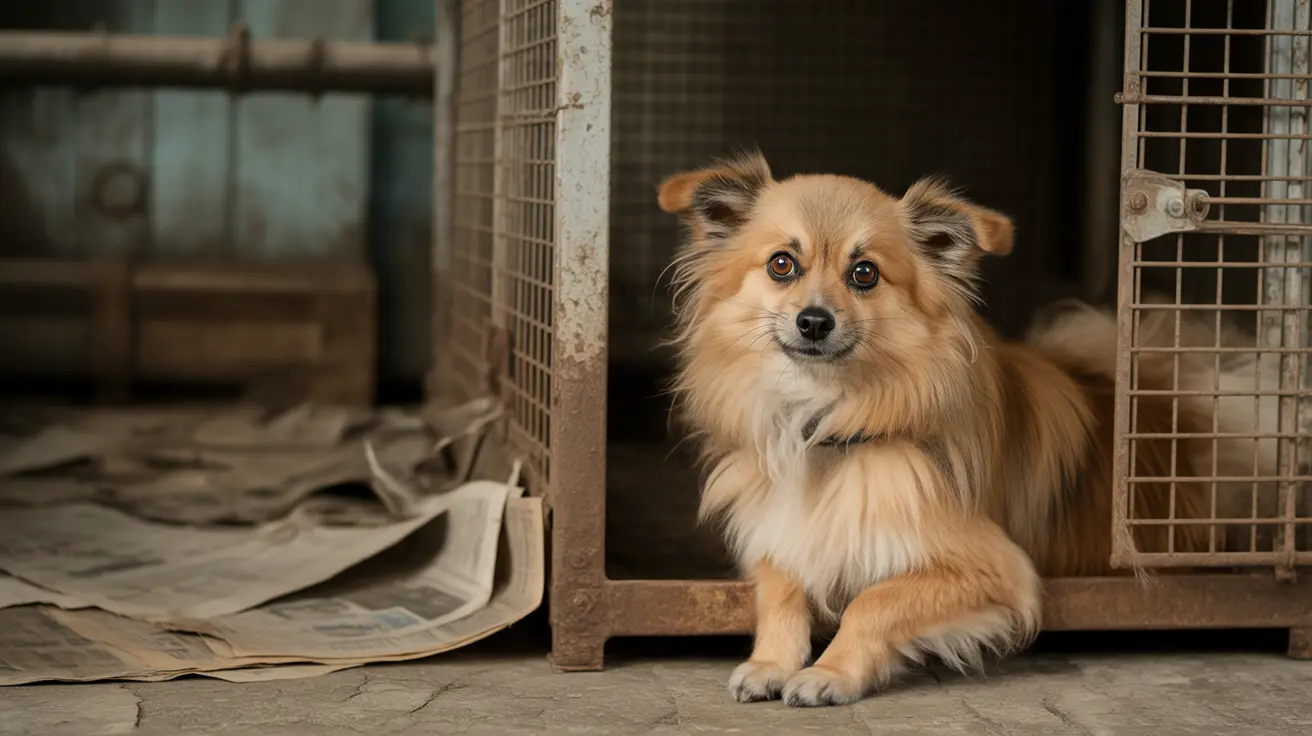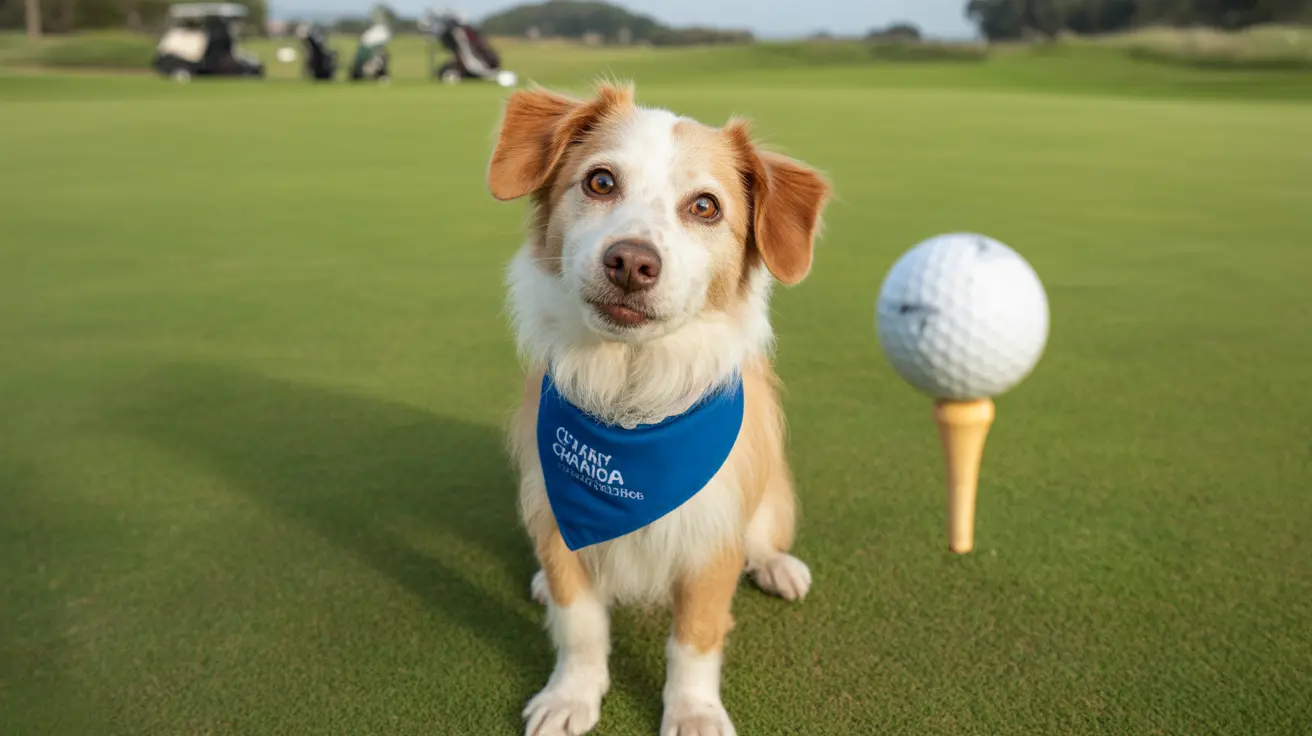Introduction
As temperatures rise, some dog breeds face significant challenges staying cool and comfortable. Understanding which breeds are most vulnerable to heat is crucial for current and prospective pet owners, especially in warmer climates. This comprehensive guide explores the dog breeds that struggle most in hot weather, explaining why they're at risk and how to keep them safe during summer months.
From flat-faced breeds to those with thick double coats, certain physical characteristics can make some dogs particularly susceptible to heat-related health issues. Let's examine these breeds and the specific traits that affect their heat tolerance.
Brachycephalic Breeds: The Most Heat-Sensitive Dogs
Bulldogs and Their Breathing Challenges
English, French, and American Bulldogs top the list of heat-sensitive breeds. Their shortened airways, flat faces, and compact bodies make it extremely difficult for them to regulate their body temperature through panting. These breeds can begin showing signs of distress even in moderately warm temperatures around 80°F.
Other Flat-Faced Breeds at Risk
Boston Terriers, Pugs, and Pekingese share similar breathing challenges. Their compressed facial structure limits their ability to cool themselves effectively, making them especially vulnerable to heat exhaustion and heatstroke.
Northern Breeds with Heavy Coats
Arctic Dogs in Warm Weather
Siberian Huskies, Alaskan Malamutes, and Samoyeds were bred for cold climates, making them poorly suited for hot weather. Their thick double coats, while perfect for arctic conditions, trap heat and make cooling difficult in warmer temperatures.
Double-Coated Breeds
Chow Chows, Akitas, and Golden Retrievers also struggle with heat due to their dense fur. While their coats provide important protection, these breeds require extra attention during hot weather to prevent overheating.
Signs of Heat Distress in Vulnerable Breeds
Watch for these warning signs of overheating:
- Excessive panting and drooling
- Bright red or purple gums
- Disorientation or confusion
- Rapid heartbeat
- Vomiting or diarrhea
- Collapse or unconsciousness
Protecting Heat-Sensitive Dogs
To keep vulnerable breeds safe during hot weather:
- Schedule walks during cooler morning or evening hours
- Ensure constant access to fresh water and shade
- Use cooling mats or wet towels for relief
- Never leave dogs in parked cars
- Consider indoor activities during peak heat
Frequently Asked Questions
What are the dog breeds most at risk of overheating and heatstroke in hot weather?
Bulldogs, Pugs, Boston Terriers, and other brachycephalic breeds are most at risk, followed by thick-coated northern breeds like Huskies and Malamutes. Large breeds such as Saint Bernards and Newfoundlands are also vulnerable.
Why are brachycephalic (flat-faced) dog breeds more vulnerable to heat?
Flat-faced breeds have shortened airways and smaller nostrils, which significantly impair their ability to cool themselves through panting. This anatomical limitation makes them especially susceptible to overheating.
How can I keep my thick-coated or heavy-set dog cool during hot weather?
Provide constant access to fresh water, schedule activities during cooler hours, ensure shade or air-conditioning access, and consider using cooling mats or fans. Regular grooming helps, but avoid shaving double-coated breeds.
What early signs of heatstroke should I watch for in dogs prone to heat intolerance?
Early signs include excessive panting, drooling, red or pale gums, lethargy, rapid heartbeat, and disorientation. If you notice these symptoms, move your dog to a cool area immediately and contact your veterinarian.
Is it safe to shave double-coated dog breeds to help them stay cool in summer?
No, shaving double-coated breeds isn't recommended. Their coat helps regulate body temperature and provides protection from sunburn. Regular brushing to remove loose undercoat is more beneficial.
Conclusion
Understanding your dog's heat sensitivity is crucial for their safety and well-being. If you own one of these heat-sensitive breeds, take extra precautions during warm weather and always monitor them closely for signs of distress. With proper care and attention, even the most heat-sensitive dogs can stay safe and comfortable during summer months.






